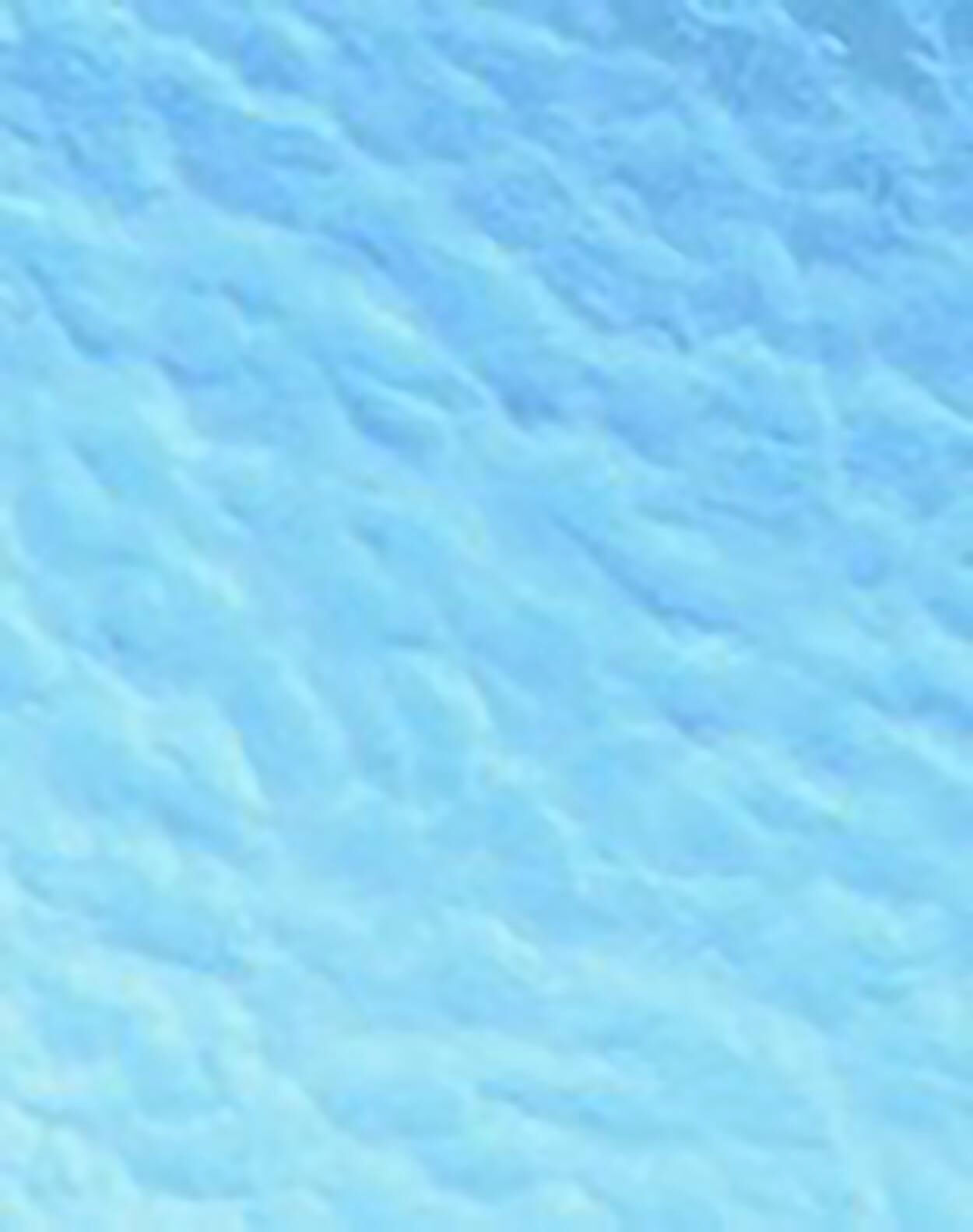
Pores
Pores are small openings in the outermost layer of the skin that release oils and sweat. Many people seek treatment from a dermatologist because their pores are undesirably large, causing embarrassment and a lack of confidence in their appearance. If enlarged pores are a concern for you, there are a variety of at-home and clinic-based treatments that can make your pores less noticeable.
Why Do I Have Large Pores?
Pore size is largely determined by genetics – some people are born with prominent pores, others are born with pores that are barely visible. Enlarged pores are most common in areas that are sebaceous (oily), like the nose and the upper lip. Individuals with acne or oily skin, particularly those who have a history of squeezing their pimples, are likely to have large pores. Some ethnicities also tend to have a naturally larger pore size.
How Can I Treat My Large Pores at Home?
Successful management of large pores starts with your skincare routine, the dermatologists recommend:
- Using a cleanser and moisturiser that contain alpha hydroxy acid (AHA)
- Using a lightweight moisturiser to reduce pore congestion
- Using a topical cream or serum that contains retinol
What Prescription Creams or Tablets Can I Use for My Large Pores?
Prescription topical vitamin A cream can be beneficial in treating large pores. Oral vitamin A medication, which is primarily prescribed for acne and excessively oily skin, may also help reduce pore size.
What Clinic-Based Treatments Can Improve My Large Pores?
There are many in-office treatments available for minimising large pores. A dermatologist will select the most appropriate option for you based on the severity of the condition and your cosmetic goals.
Treatments for mildly enlarged pores:
- HydraFacial: HydraFacial is a multi-faceted treatment for enlarged pores, acne-prone skin and general facial rejuvenation. Though the effects from a single treatment tend to be temporary, repeated HydraFacial treatments produce longer-lasting pore reduction and skin revitalising benefits.
- Superficial Chemical Peels: Superficial chemical peels improve pore appearance by stimulating cellular turnover and promoting overall rejuvenation. Because they are gentle, superficial chemical peels are comfortable, safe for all skin types and require no downtime.
Treatments for more prominent pores:
- TCA CROSS: TCA CROSS uses trichloroacetic acid (TCA) to stimulate collagen production and elevate deep pores.
- CO2 Fractional Laser Resurfacing: CO2 fractional laser stimulates collagen productions, improves skin texture and pore size. It is the treatment of choice for those with fairer skin.
- NanoFractional Radiofrequency: NanoFractional RF treatment with the Venus Viva device minimises pores by stimulating collagen production and dermal collagen remodelling. It is safe for all skin types.
- Venus Viva with TCA Peel: A TCA peel enhances the action of the RF treatment, creating a more superficial ablative effect and deepening the penetration of the procedure. This combination treatment is only suitable for patients with fair skin.
- Punch Excision: Punch excision is a surgical technique that is sometimes used to treat very large or deep pores.
How Does TCA CROSS Work for Large Pores?
TCA CROSS is the treatment of choice for deep pores. TCA works by creating a chemical reaction that leads to the formation of new collagen fibres that increase the height of the treated pores. Each TCA procedure can increase the height of an open pore by 20-40 percent. For optimal results, most patients need two to three procedures followed by RF resurfacing or CO2 resurfacing.
How Is TCA CROSS Performed?
The TCA CROSS procedure involves depositing small amounts of TCA directly into enlarged pores. After cleansing your skin, your dermatologist will coat an applicator in TCA and apply the TCA to the base of a deep pore. The applicator is left in place until the surface of the skin in the treated area turns white (‘frosting’). The process is then repeated as appropriate to treat each remaining pore individually. On completion of the procedure, a topical emollient is applied to soothe the skin. TCA CROSS only treats the pores and spares the surrounding skin.
Is TCA CROSS Painful?
TCA CROSS is slightly uncomfortable but it is not painful. The procedure can be likened to the sensation of nettle stings or small ant bites, and is over within minutes.
What Is Recovery Like After TCA CROSS?
Frosting of a treated pore will continue for up to 12 hours following a TCA CROSS procedure. The surrounding skin will be red for three to four days. Several days after treatment, a small scab will develop and shed. Do not pick at the scab; allow it to fall off naturally and let the healing process proceed at its own pace. Full recovery from a TCA CROSS procedure is expected within five to seven days. The dermatologists recommend applying a hydrating emollient and strict sun protection during the recovery period.
I Have Darker Skin – Can I Have TCA CROSS Treatment?
All skin types can be treated safely with TCA CROSS. However, the risk of hyperpigmentation after treatment increases for individuals with darker skin. This means the treated areas may be darker than the surrounding skin for weeks to months. Use of sunscreen and a pigment inhibiting cream (pre- and post-procedure) can reduce this incidence. Your specialist will explain all risks and possible complications associated with TCA CROSS treatment after examining your skin type.
Schedule A Consultation To Learn More
Enlarged pores can be found across all genders, ages, skin types and ethnic groups. The dermatologists who consult at Northside Dermatology use a combined treatment approach to achieve optimal pore size reduction. A personalised pore management plan will be created for you based on your pore size, skin type, previous treatments and treatment goals. Call us on 03 8582 8688 today to book an examination.
Contact Us
Hours of Operation
Monday - Friday, 9am-5pm
Phone Number
Fax Number
Emails
Medical Enquiries:
reception@northsidedermatology.com.auLaser & Cosmetic Enquiries:
cosmetic@northsidedermatology.com.au